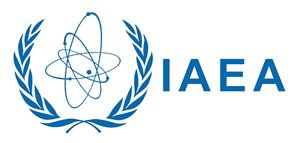RSS feed source: International Atomic Energy Association--Nuclear & Radiological Events
External contamination of a worker beyond the annual statutory limit to the skin
Print View Posted on: 05 August 2025
Event Date: 09 June 2025 Event Type: Power Reactor Event Location: France, CATTENOM-3 INES Rating: 2 (Final)
On 12 June 2025, the operator of the Cattenom nuclear power plant reported a significant radiation protection event concerning the exceeding of an annual individual dose limit by an EDF contractor.
On 9 June 2025, this contractor was installing lead matting in reactor building 3, which was shut down for partial inspection. During the check carried out at the exit of the controlled area, skin contamination was detected on the contractor’s cheek. The worker was immediately taken into care and the radioactive particle causing the contamination was removed.
The occupational physician assessed the dose received, taking into account the worker’s activities within the reactor building. This assessment showed that the dose received by the worker’s cheek exceeded the regulatory limit for the equivalent skin dose (500 mSv).
As soon as the contamination was discovered, the operator took action to identify its source. However, radiological checks carried out in the premises where the agent was present
Click this link to continue reading the article on the source website.


